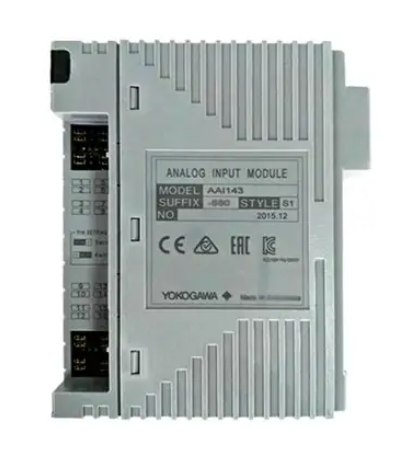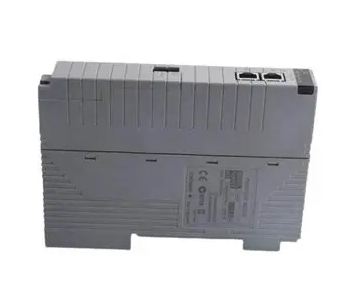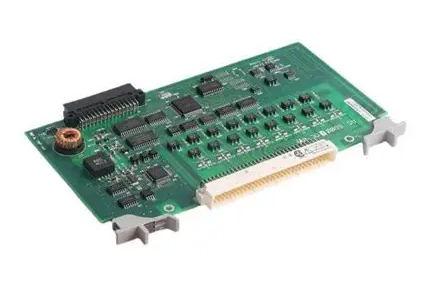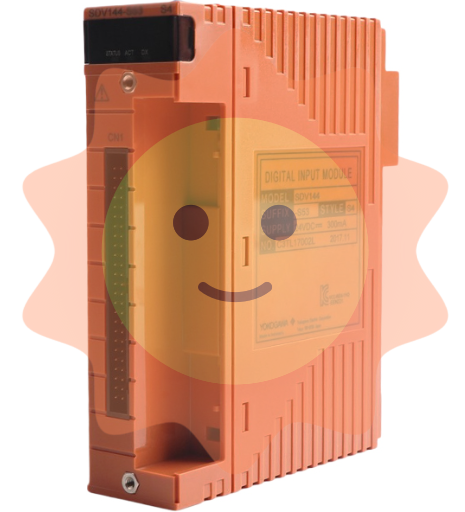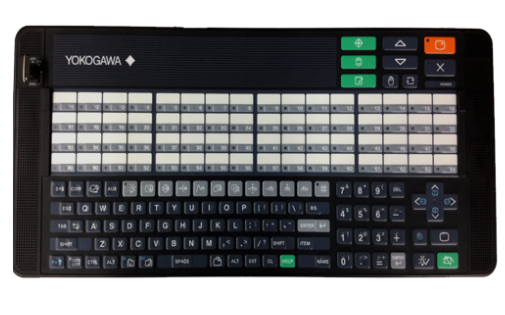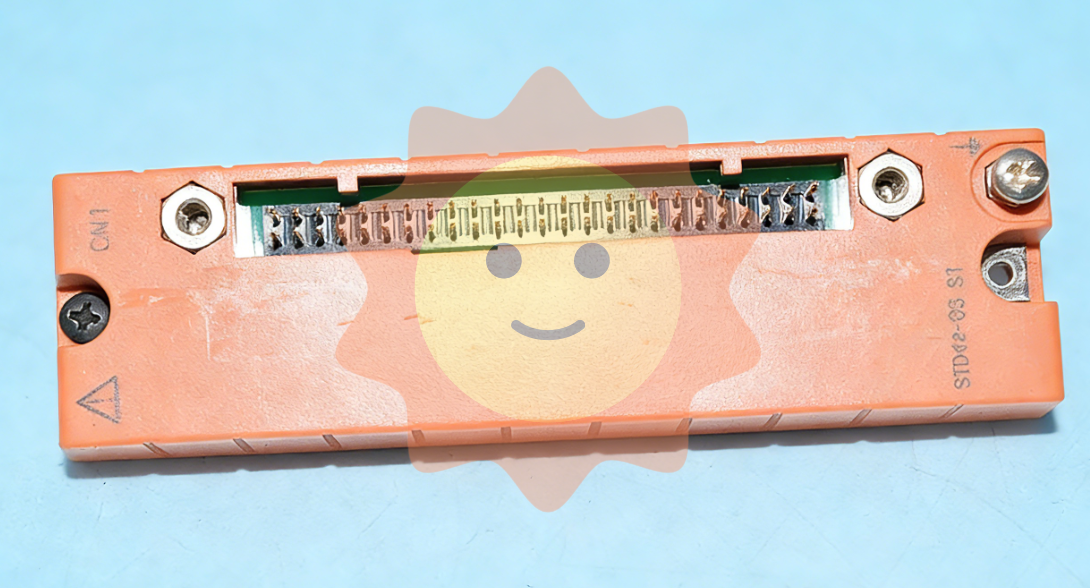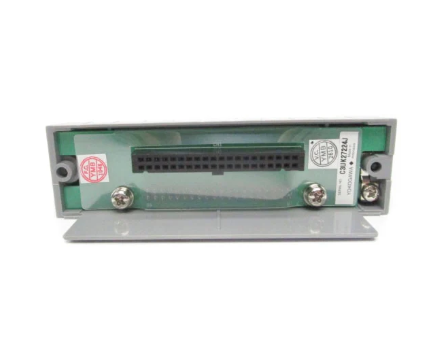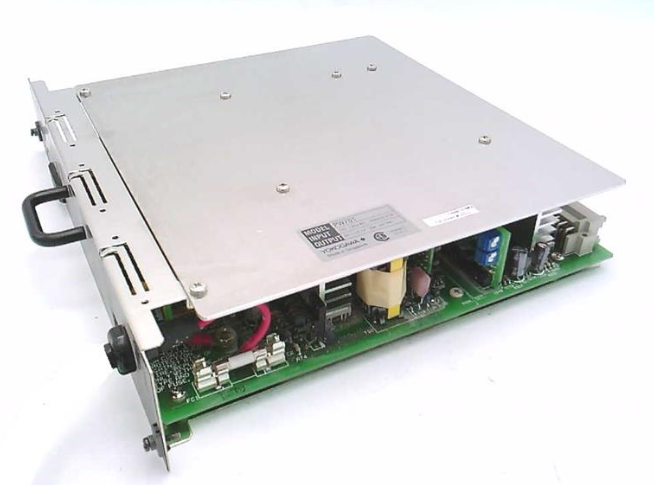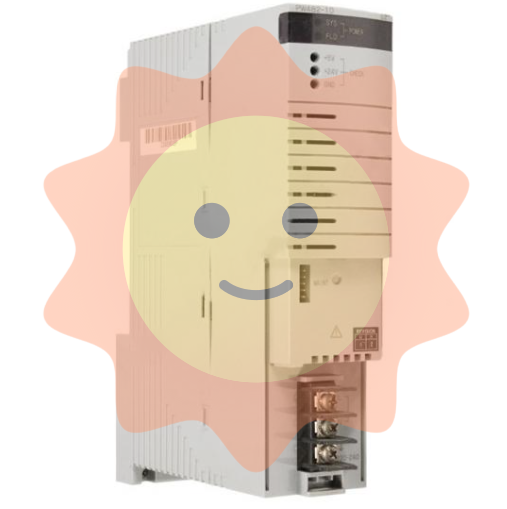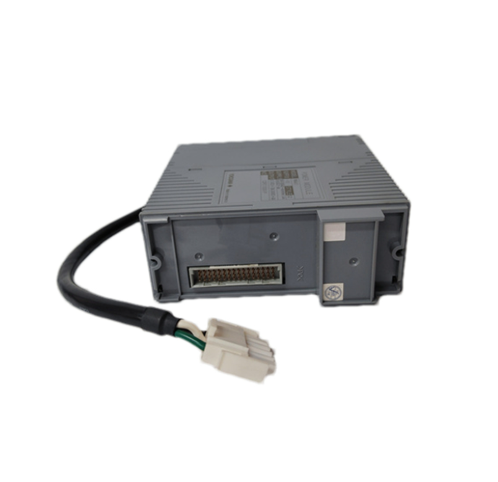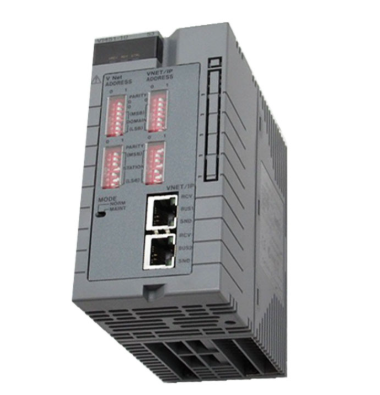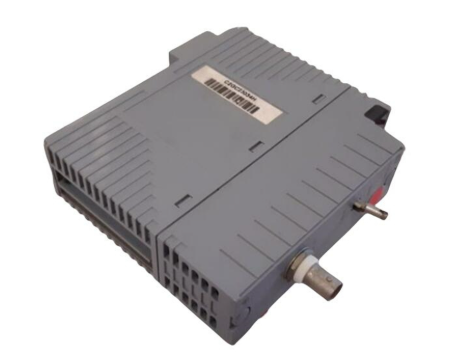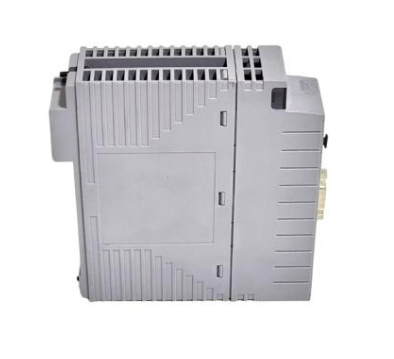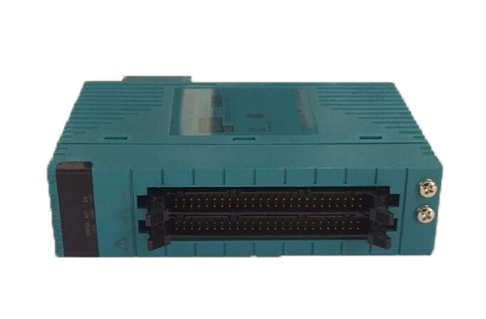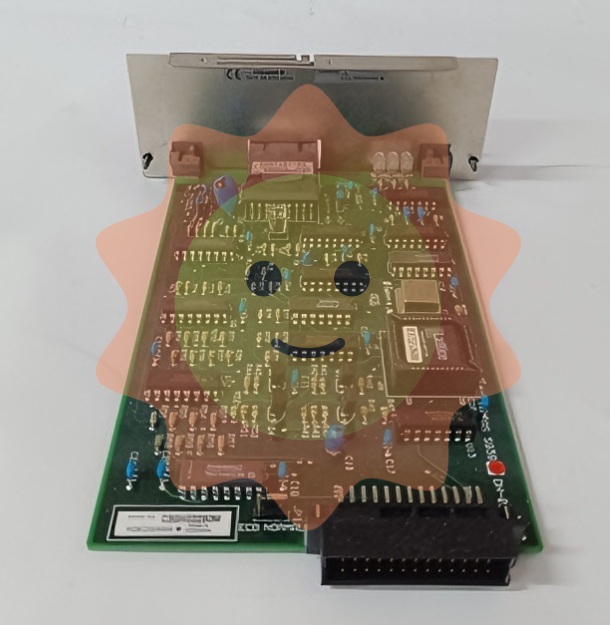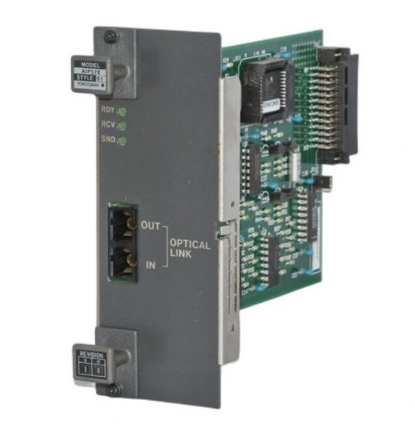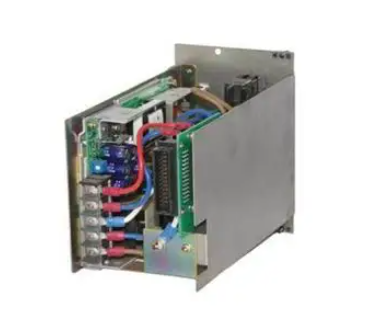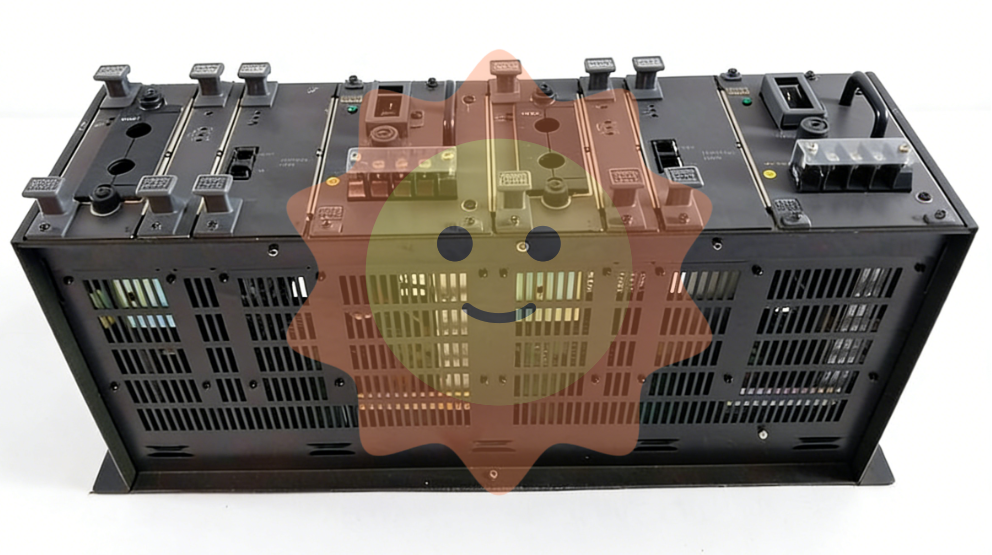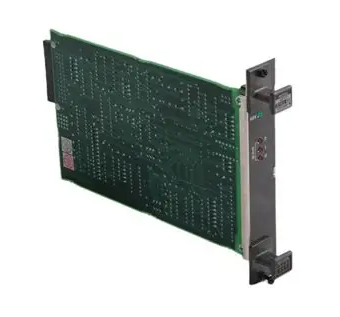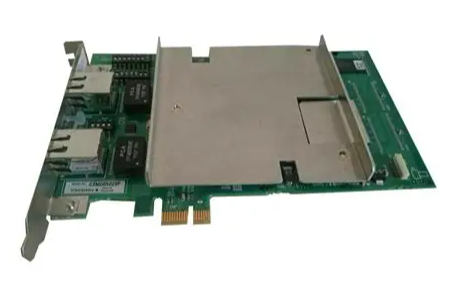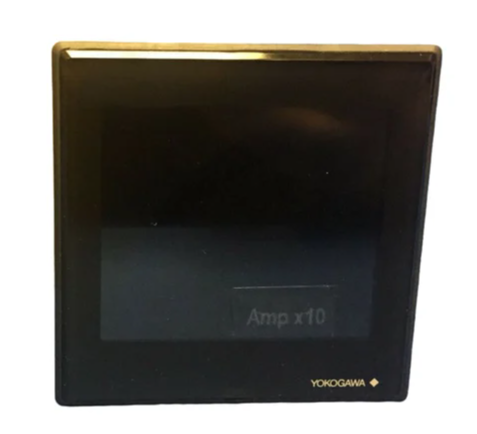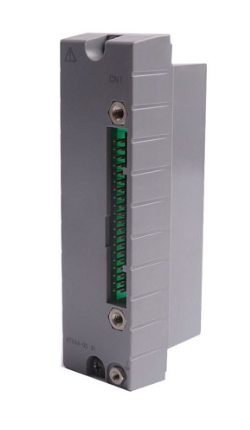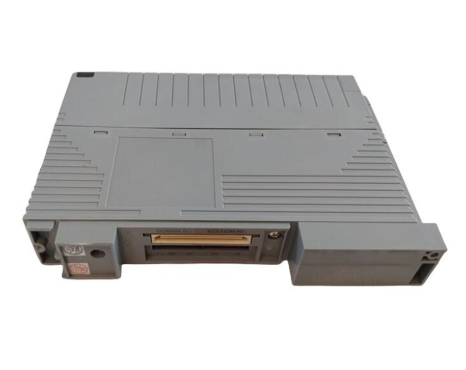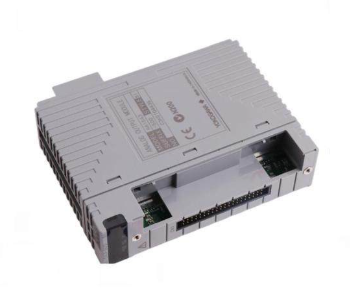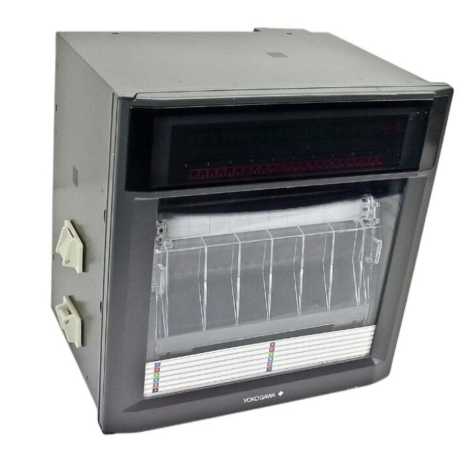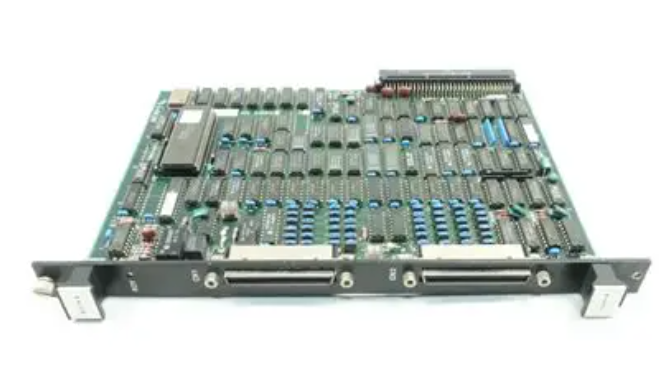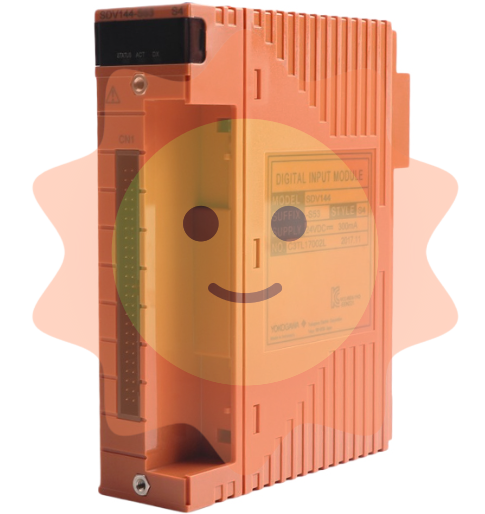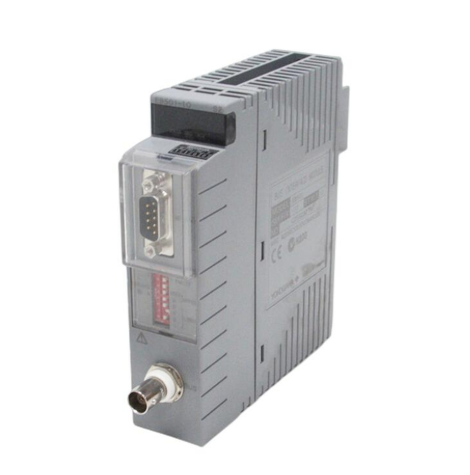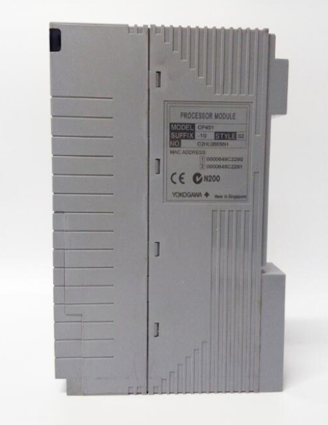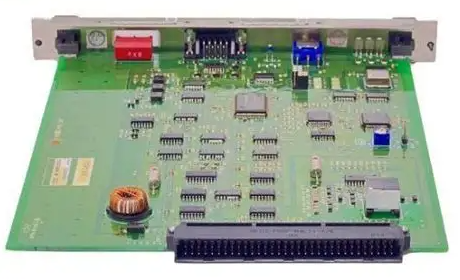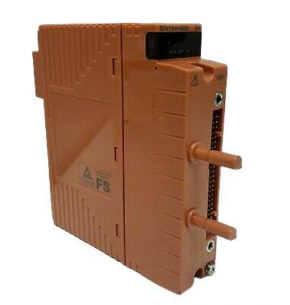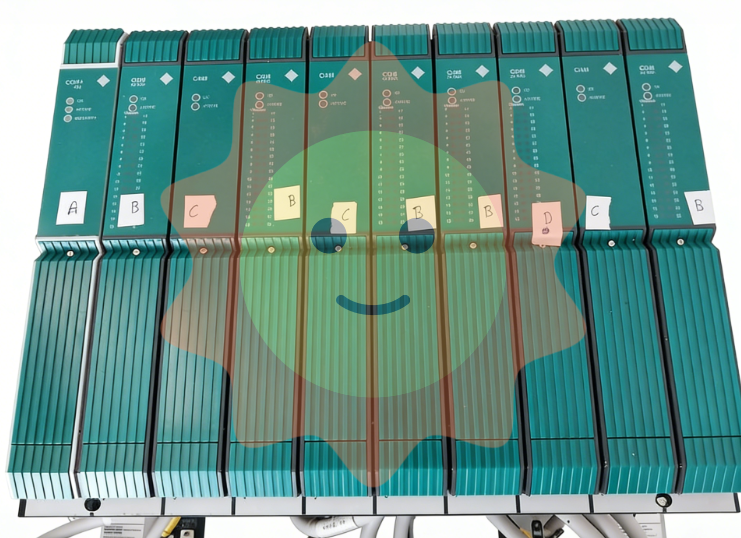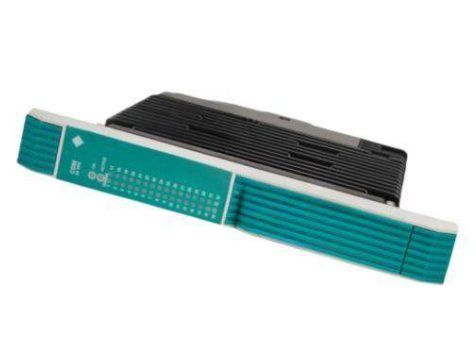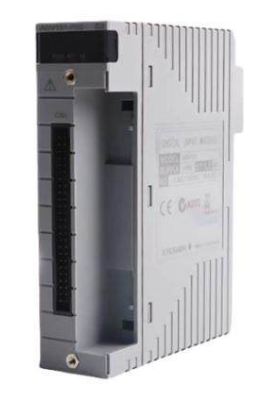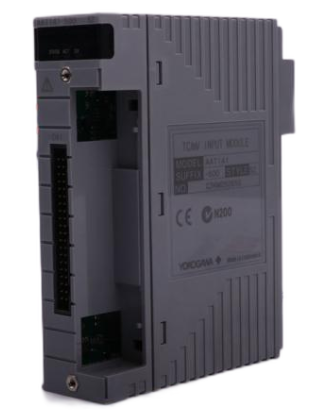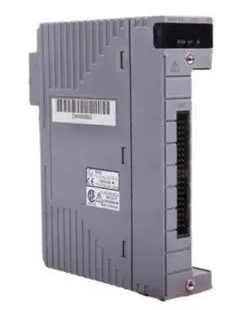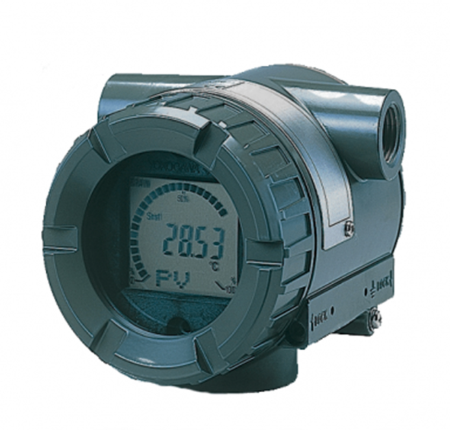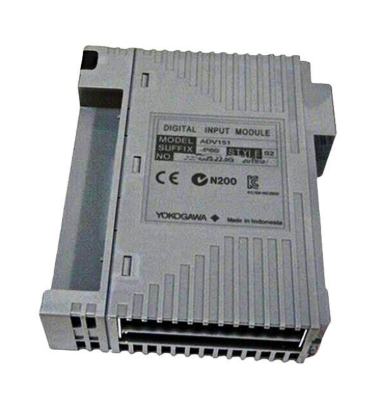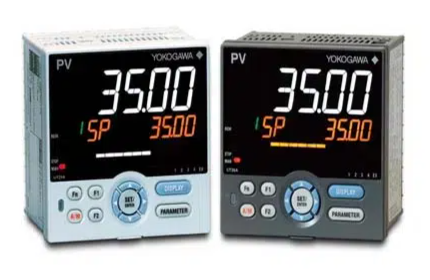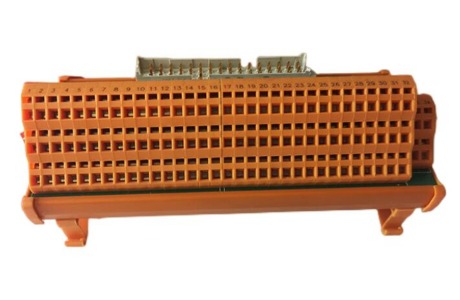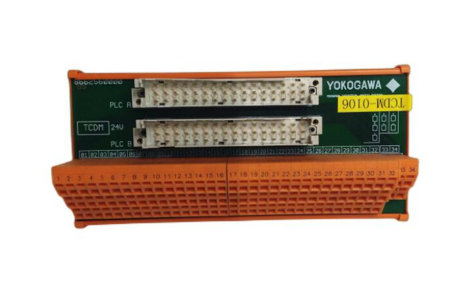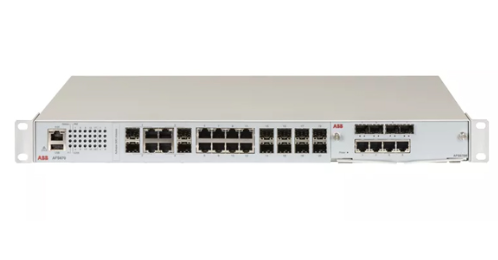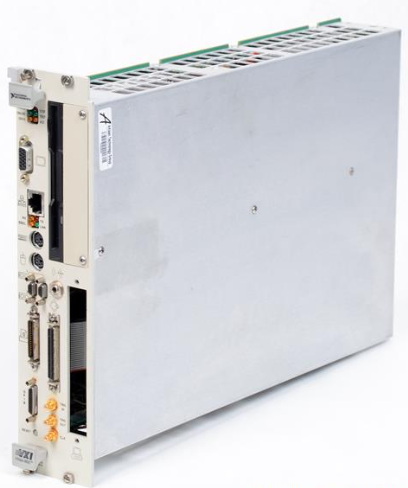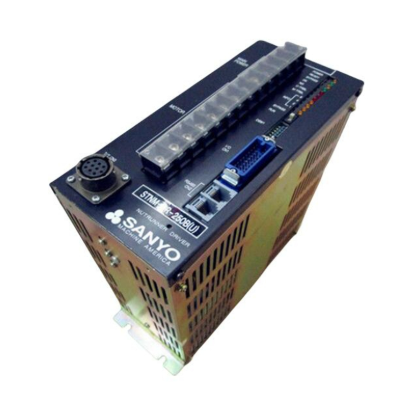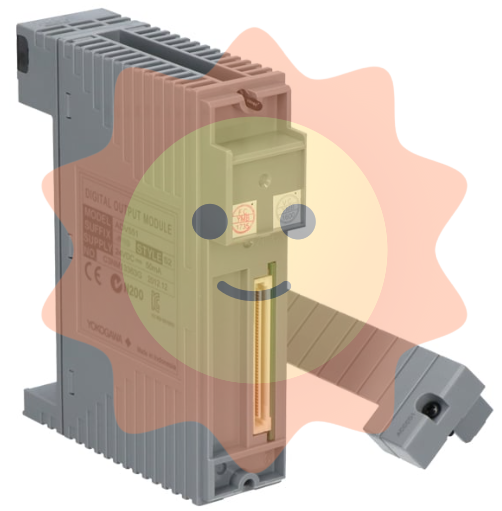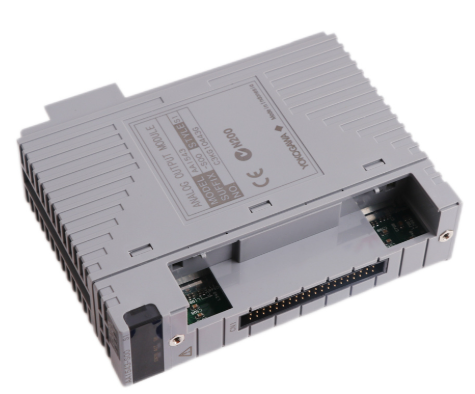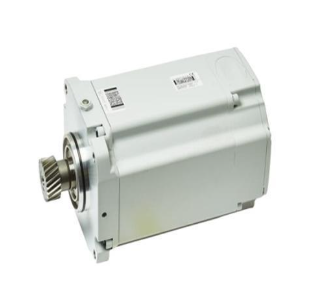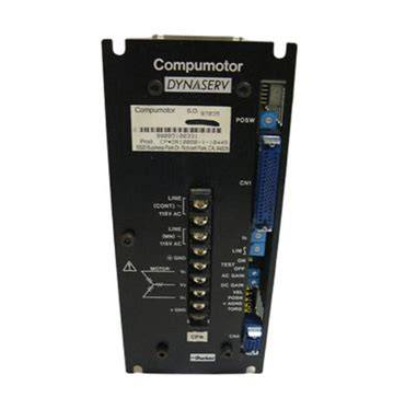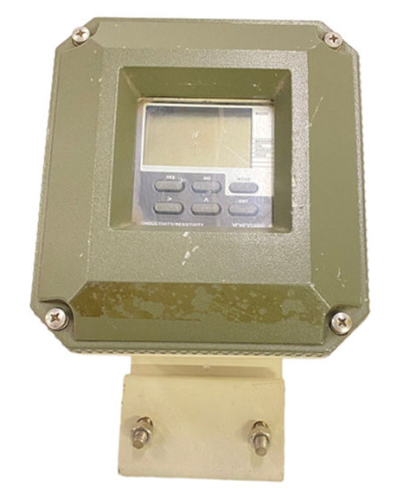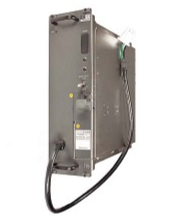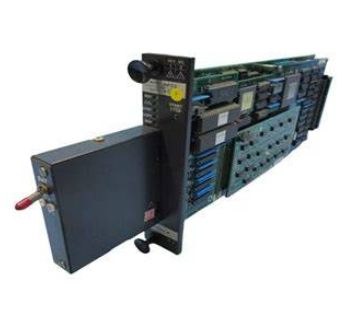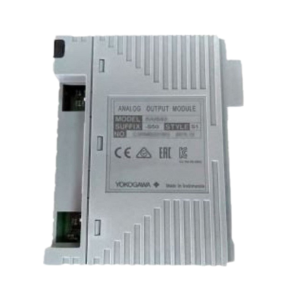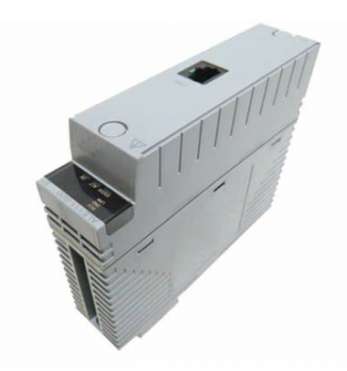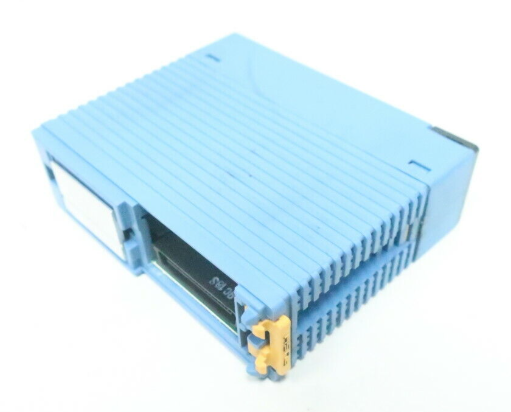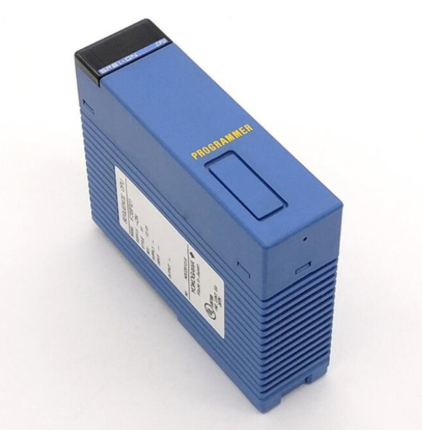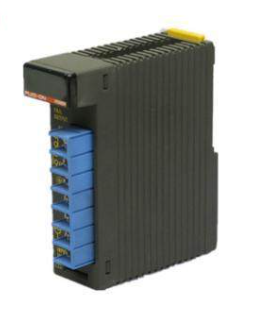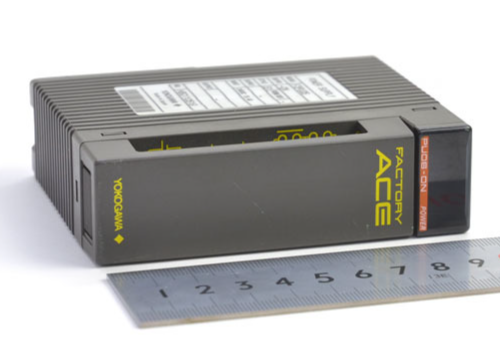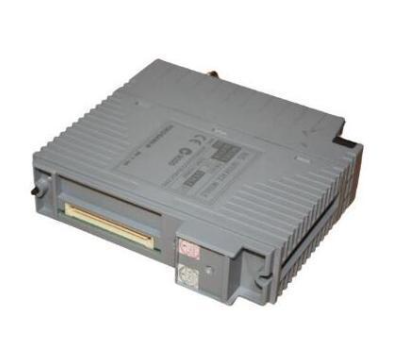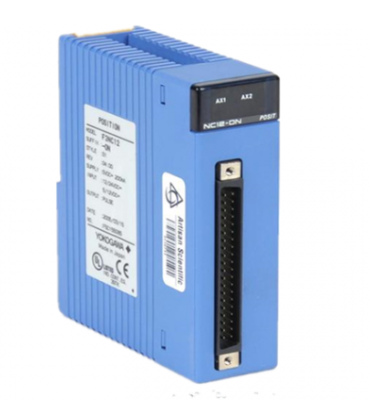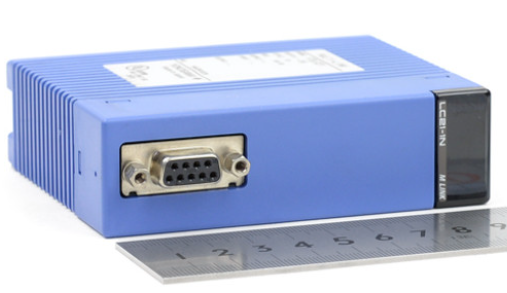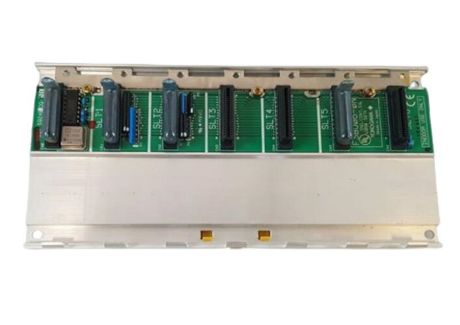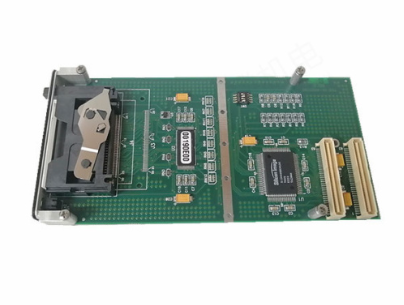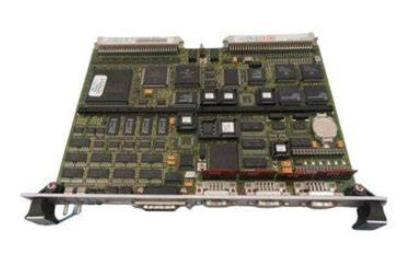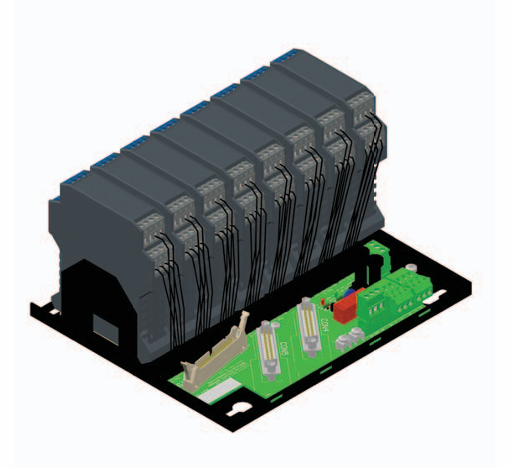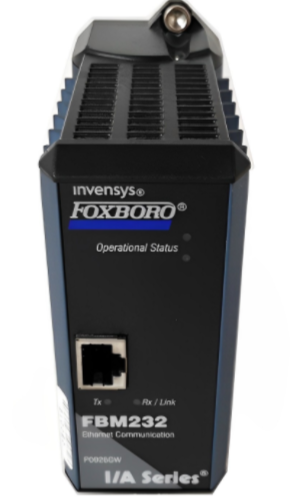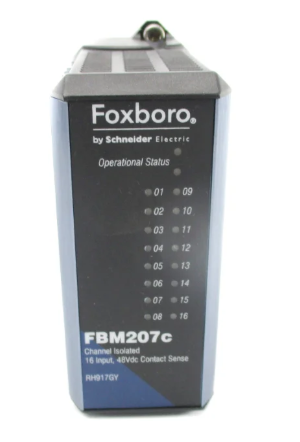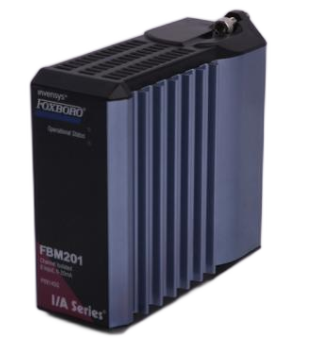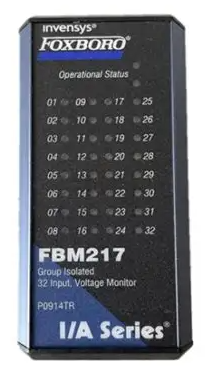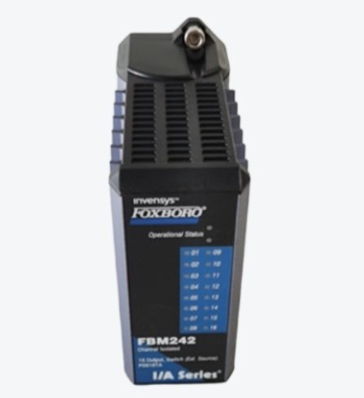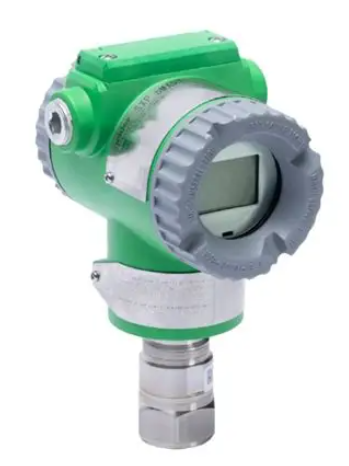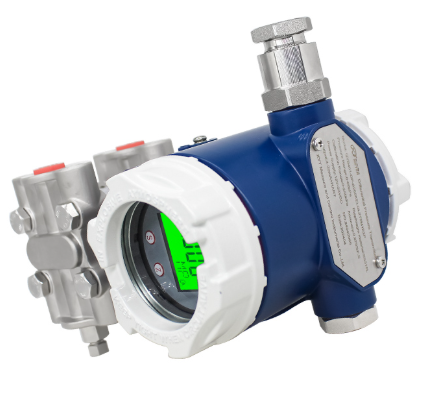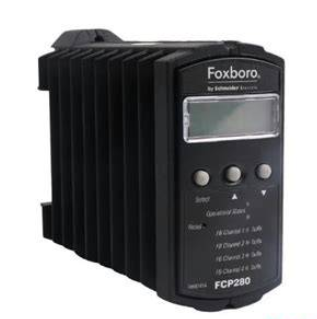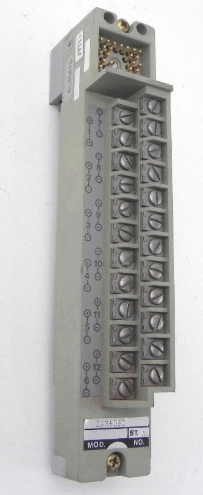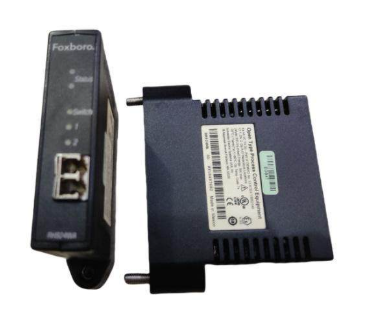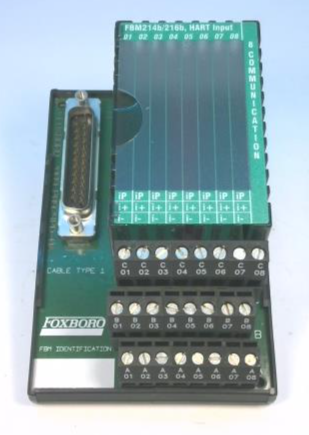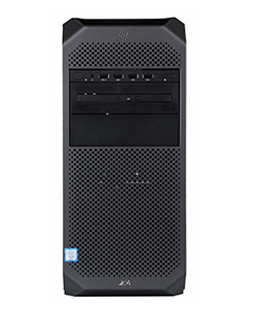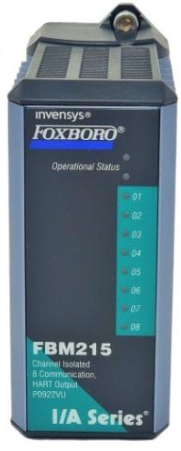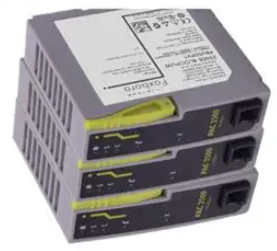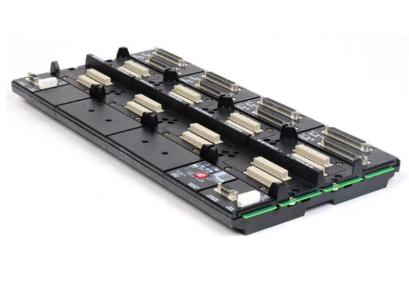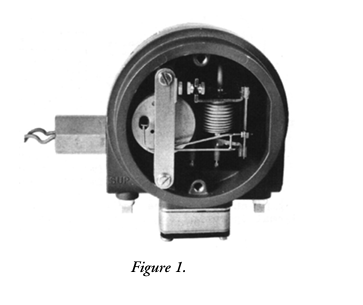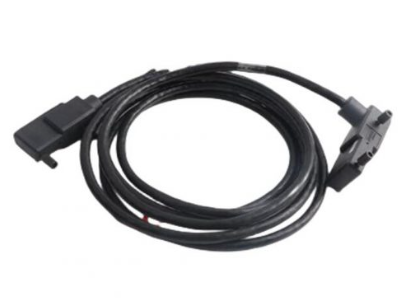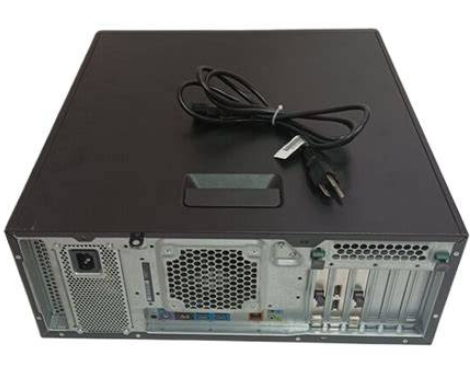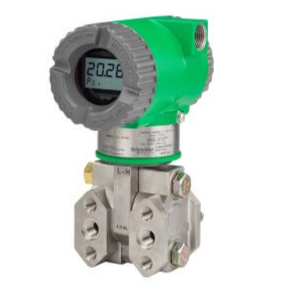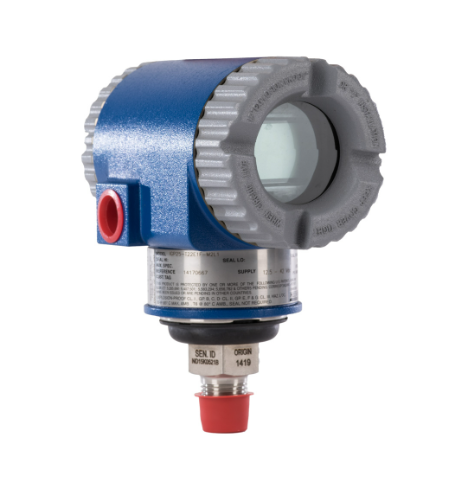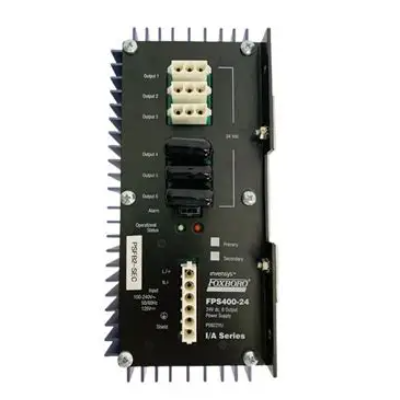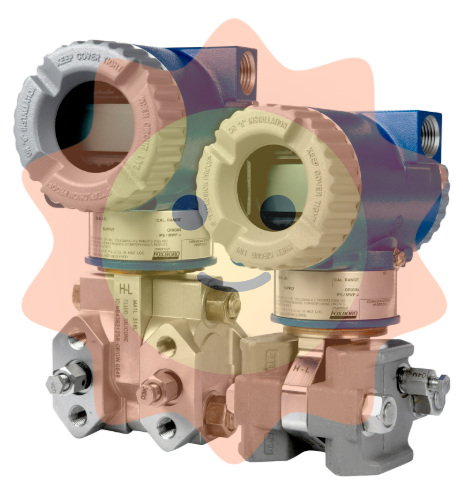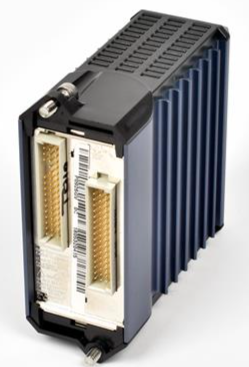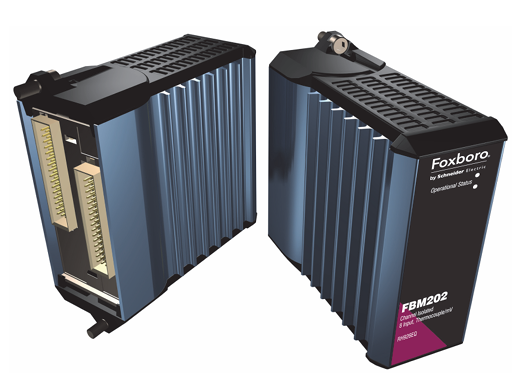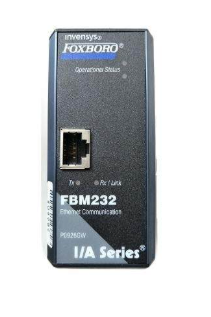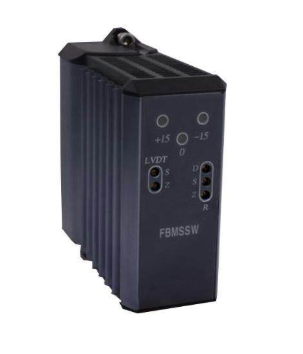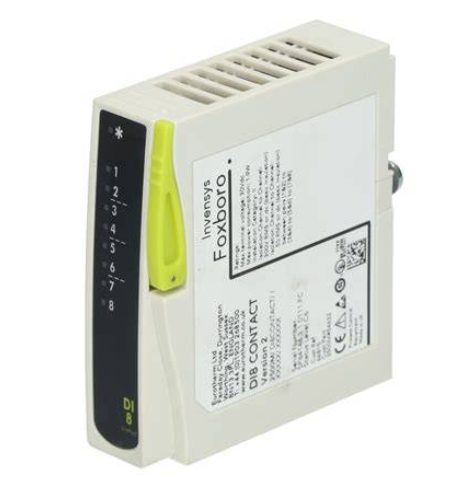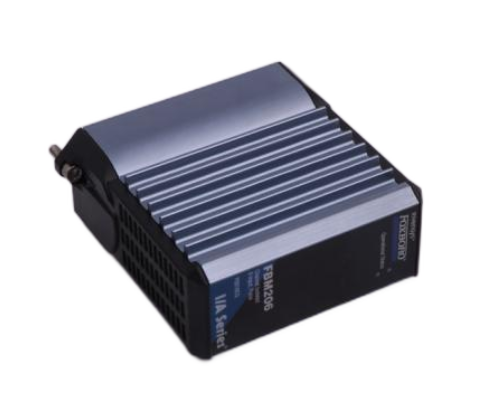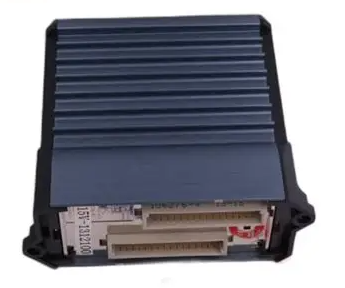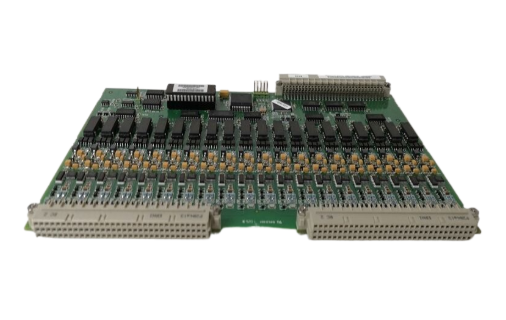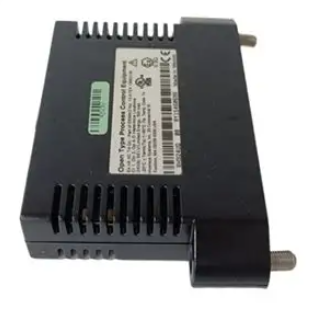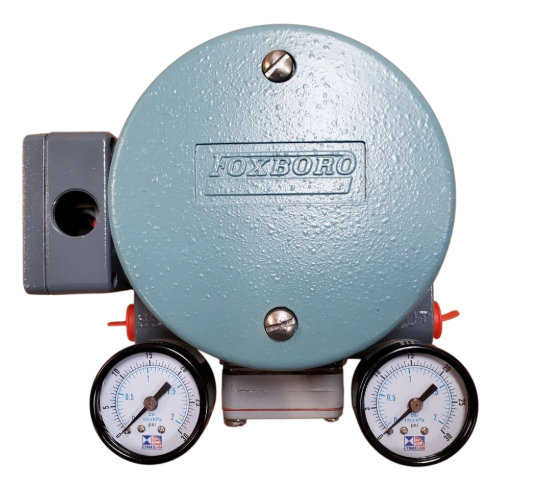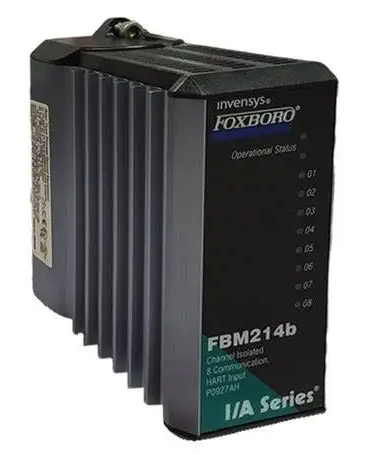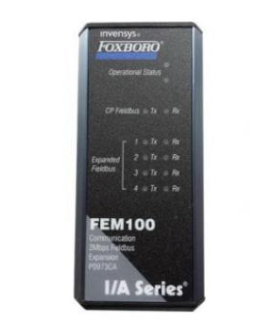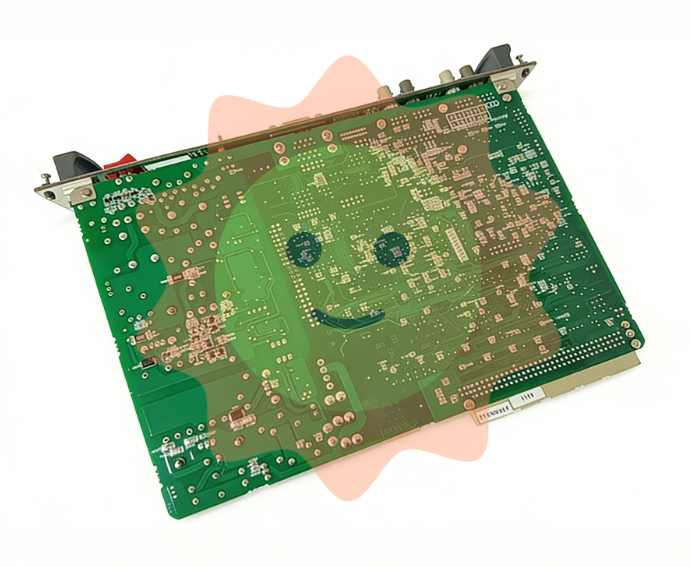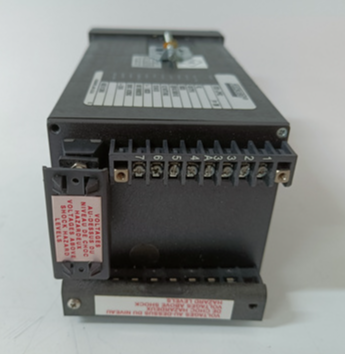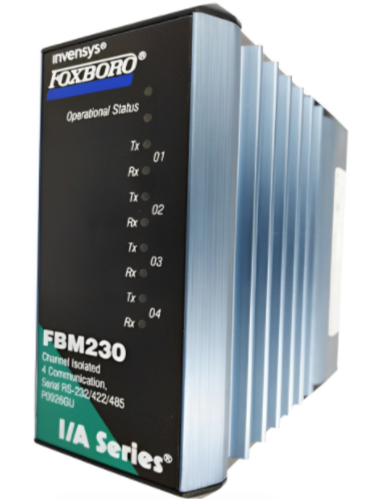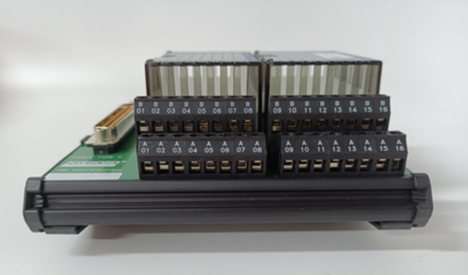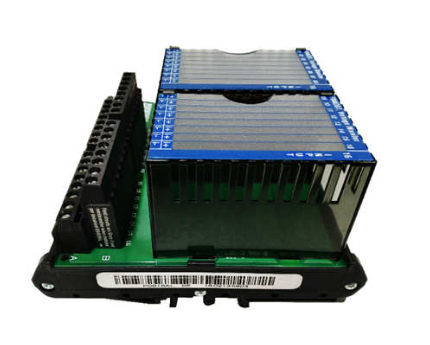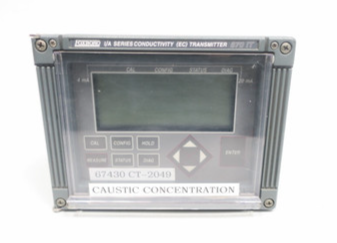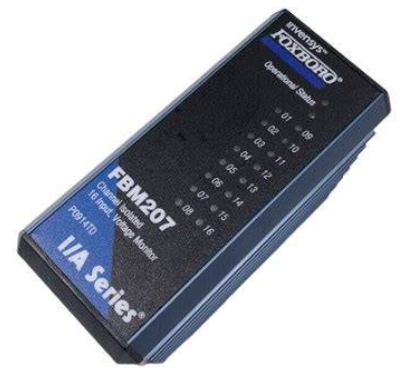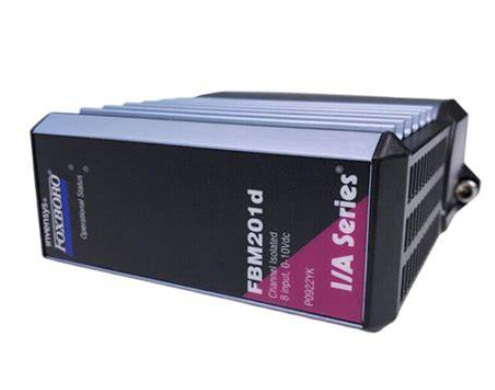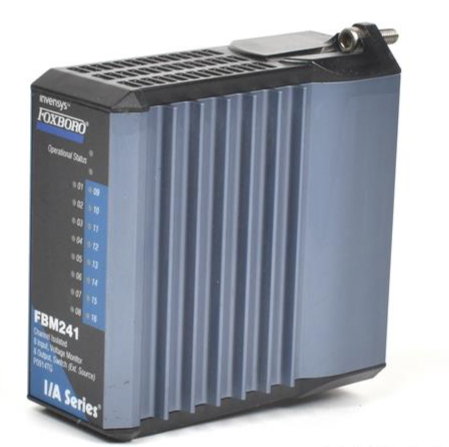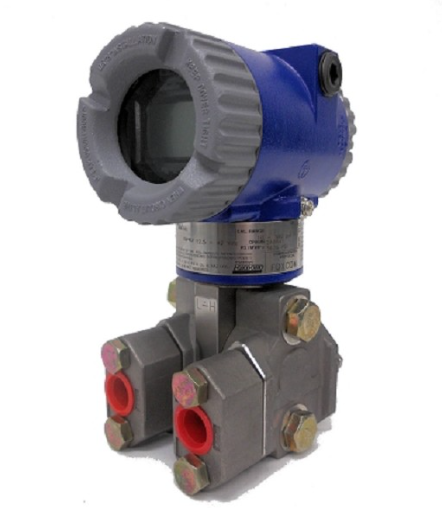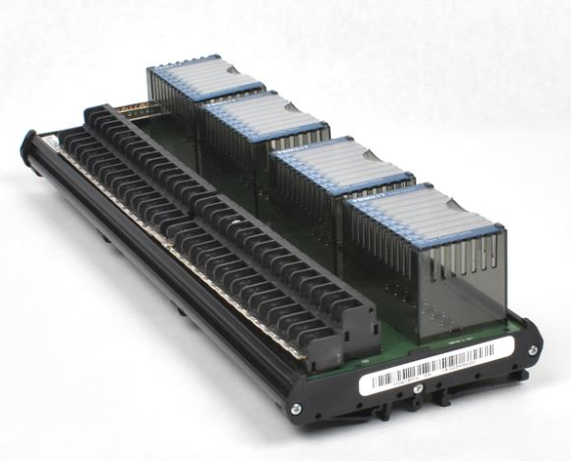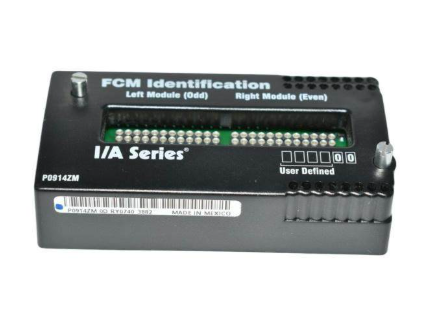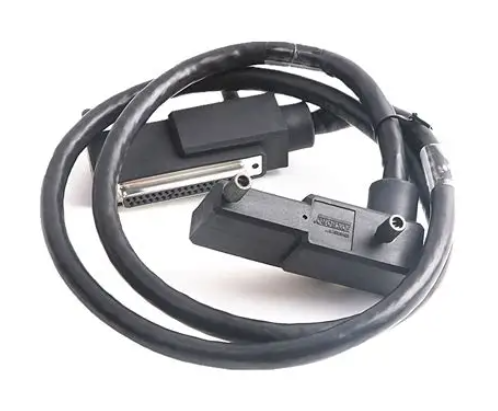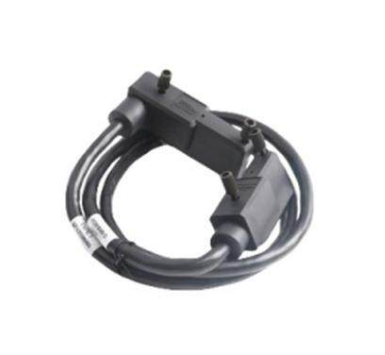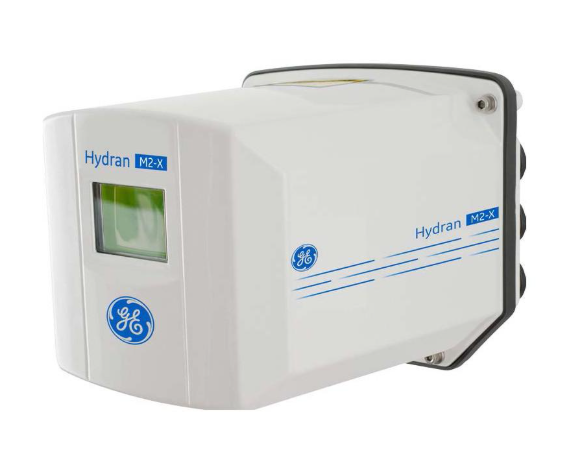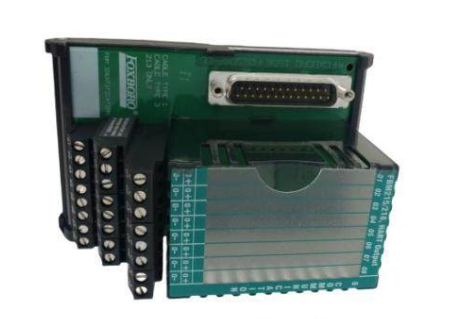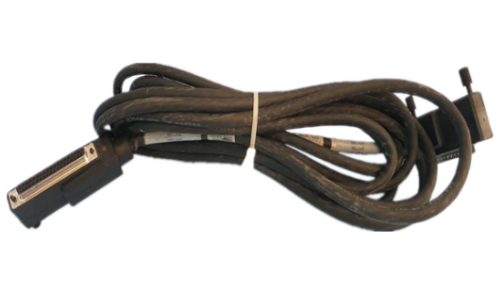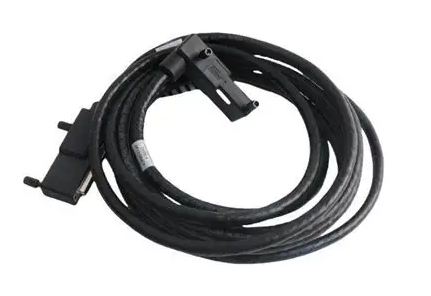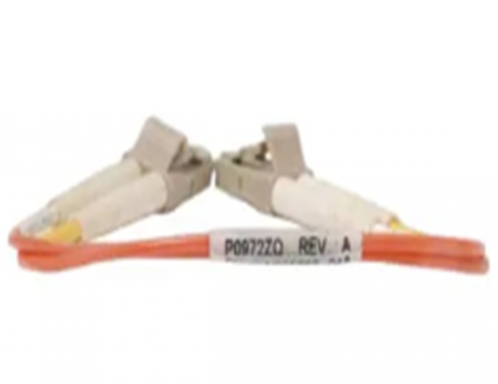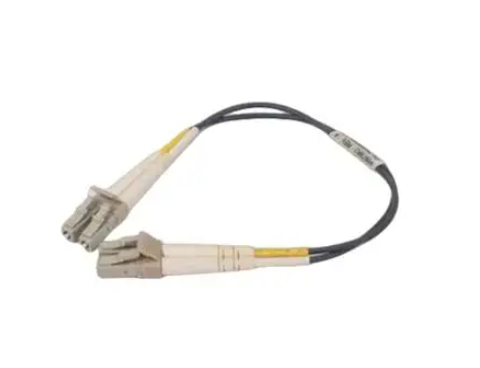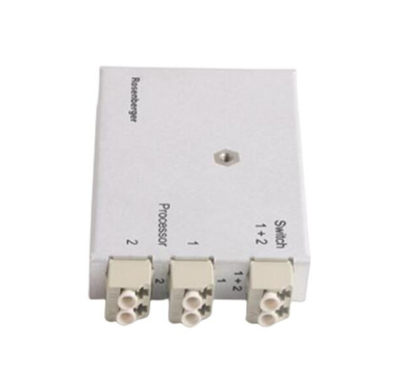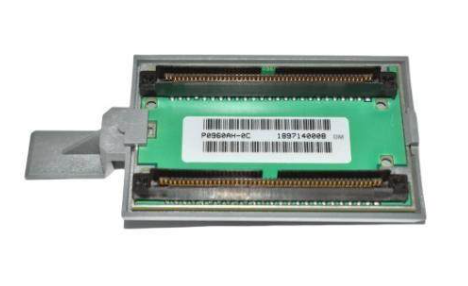ABB 3BSE000860R1 SB510 Backup Power Supply 110/230V AC
Description: Suitable for 110-230V AC (47-60Hz) or 110-230V DC input, designed for charging 12V, 4Ah nickel cadmium (NiCd) batteries.
Exemption Statement: This component is exempt from the scope of application of the 2011/65/EU (RoHS) directive, in accordance with Article 2 (4) (c), (e), (f), and (j) of the directive (refer to 3BSE088609- EU Declaration of Conformity for ABB Advant Master Process Control Systems).
ABB 3BSE000860R1 SB510 Backup Power Supply 110/230V AC
Basic information
Product identification: Product number 3BSE000860R1, model SB510, product type is Backup Power Supply.
Description: Suitable for 110-230V AC (47-60Hz) or 110-230V DC input, designed for charging 12V, 4Ah nickel cadmium (NiCd) batteries.
Exemption Statement: This component is exempt from the scope of application of the 2011/65/EU (RoHS) directive, in accordance with Article 2 (4) (c), (e), (f), and (j) of the directive (refer to 3BSE088609- EU Declaration of Conformity for ABB Advant Master Process Control Systems).
Size and weight
The net depth/length of the product is 291mm, the net height is 150mm, the net width is 60mm, and the net weight is 0.98kg.
Environmental and Classification Information
RoHS status: Compliant with EU Directive 2011/65/EU.
WEEE category: 5 categories (small equipment with no external dimensions exceeding 50cm).
SCIP: The identifier is 8a71de04-baf4-4395-9f39-8c98dd9bd6c1, and the associated country is Sweden (SE).
Customs code: HS code is 850440 (for electrical transformers, static converters (such as rectifiers), and inductors - static converters), and customs tax number is 85044082.
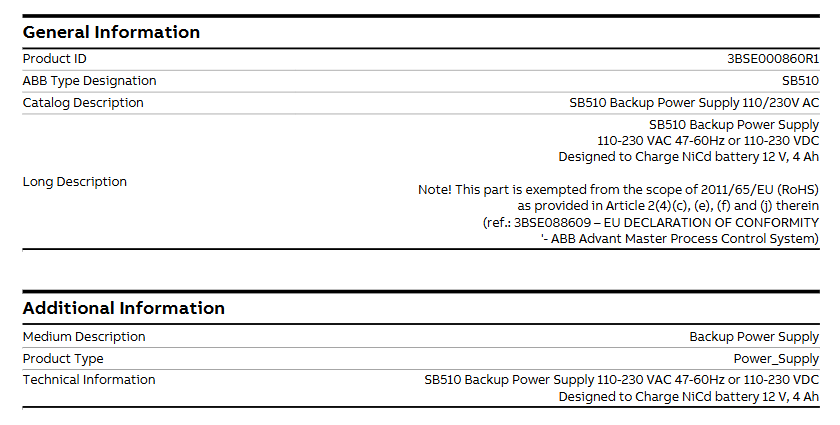
Related kits
The usage scenarios that are part of the suite include:
3BSE004450R1: SB510K01 Battery Charger (AC/DC 120-230V)
PM10YAC450-SB510: 10-year preventive maintenance unit
PM10YAC460-SB510: 10-year preventive maintenance unit
Category
Involving multiple categories of control systems, such as AC 400 accessories under Control System Products and power supply for Advant OCS related controllers.
Installation steps
1. Preparation before installation
Environmental inspection: Ensure that the installation location is well ventilated, away from heat sources, corrosive gases, and severe vibrations. The ambient temperature and humidity meet the requirements for equipment operation (referring to the general standards for industrial power supplies, usually -10~50 ℃, humidity ≤ 90%, no condensation).
Power matching: Confirm that the input power is 110-230V AC (47-60Hz) or 110-230V DC, consistent with the rated input of the device, to avoid damage caused by voltage mismatch.
Tools and accessories: Prepare suitable screwdrivers, wires, terminal blocks, etc. to ensure good insulation performance of the wiring tools.
2. Physical installation
Fixed method: According to the size of the equipment (width 60mm x height 150mm x depth 291mm), choose a suitable DIN rail or panel for installation, ensuring a firm installation and avoiding looseness.
Space reservation: Reserve at least 10cm of space around the device for heat dissipation and later maintenance.
3. Electrical connection
Input wiring: When connecting the input power supply, distinguish between the live wire (L), neutral wire (N), and ground wire (PE), ensure that the wiring is firm and insulated, and the grounding terminal should be reliably connected to the protective grounding system.
Battery connection: Connect 12V, 4Ah nickel cadmium (NiCd) batteries correctly according to the device identification, pay attention to positive and negative polarity, and avoid short circuits.
Wiring inspection: After the connection is completed, check whether the wiring is loose or short circuited. After confirming that there are no errors, turn on the power.
4. Power on test
When powering on for the first time, observe whether the device indicator light (such as the charging indicator light) lights up normally and confirm that the battery starts charging (if equipped with an indicator light).
Monitor whether the input voltage and output voltage are stable to ensure compliance with equipment operating parameters.
Maintenance points
1. Daily inspection (monthly)
Appearance inspection: Check whether the equipment casing is damaged or deformed, whether the wiring terminals are loose or oxidized, and whether the cables are aging.
Running status: Check if the charging is normal (such as measuring the battery voltage through the indicator light or multimeter, which should be around 13.5-14V after full charge), and there is no abnormal heating or noise.
2. Regular maintenance (every 6 months)
Cleaning and maintenance: After power off, use a dry brush or compressed air to clean the dust on the surface of the equipment and the heat dissipation holes to avoid dust accumulation that affects heat dissipation.
Battery inspection:
Measure the battery capacity. If the capacity drops below 70% of the rated value, it is necessary to replace the NiCd battery of the same model (12V, 4Ah) in a timely manner.
Check if the battery wiring is secure, and if there are any leaks, bulges, or other issues. If there are any abnormalities, replace them immediately.
Power performance test: Use a multimeter to check whether the input/output voltage is within the rated range, ensuring normal voltage regulation performance.
3. Long term storage and maintenance after discontinuation
If the device is not used for a long time, the input power should be disconnected, the battery should be removed and stored separately in a dry and cool place (temperature 0-25 ℃), and the battery should be recharged every 3 months to avoid damage caused by power loss.
- EMERSON
- Honeywell
- CTI
- Rolls-Royce
- General Electric
- Woodward
- Yaskawa
- xYCOM
- Motorola
- Siemens
- Rockwell
- ABB
- B&R
- HIMA
- Construction site
- electricity
- Automobile market
- PLC
- DCS
- Motor drivers
- VSD
- Implications
- cement
- CO2
- CEM
- methane
- Artificial intelligence
- Titanic
- Solar energy
- Hydrogen fuel cell
- Hydrogen and fuel cells
- Hydrogen and oxygen fuel cells
- tyre
- Chemical fiber
- dynamo
- corpuscle
- Pulp and paper
- printing
- fossil
- FANUC
- Food and beverage
- Life science
- Sewage treatment
- Personal care
- electricity
- boats
- infrastructure
- Automobile industry
- metallurgy
- Nuclear power generation
- Geothermal power generation
- Water and wastewater
- Infrastructure construction
- Mine hazard
- steel
- papermaking
- Natural gas industry
- Infrastructure construction
- Power and energy
- Rubber and plastic
- Renewable energy
- pharmacy
- mining
- Plastic industry
- Schneider
- Kongsberg
- NI
- Wind energy
- International petroleum
- International new energy network
- gas
- WATLOW
- ProSoft
- SEW
- wind
- ADVANCED
- Reliance
- YOKOGAWA
- TRICONEX
- FOXBORO
- METSO
- MAN
- Advantest
- ADVANCED
- ALSTOM
- Control Wave
- AB
- AMAT
- STUDER
- KONGSBERG
- MOTOROLA
- DANAHER MOTION
- Bently
- Galil
- EATON
- MOLEX
- Triconex
- DEIF
- B&W
- ZYGO
- Aerotech
- DANFOSS
- KOLLMORGEN
- Beijer
- Endress+Hauser
- MOOG
- KB
- Moxa
- Rexroth
- YAMAHA
- Johnson
- Westinghouse
- WAGO
- TOSHIBA
- TEKTRONIX
- BENDER
- BMCM
- SMC


Email:wang@kongjiangauto.com

